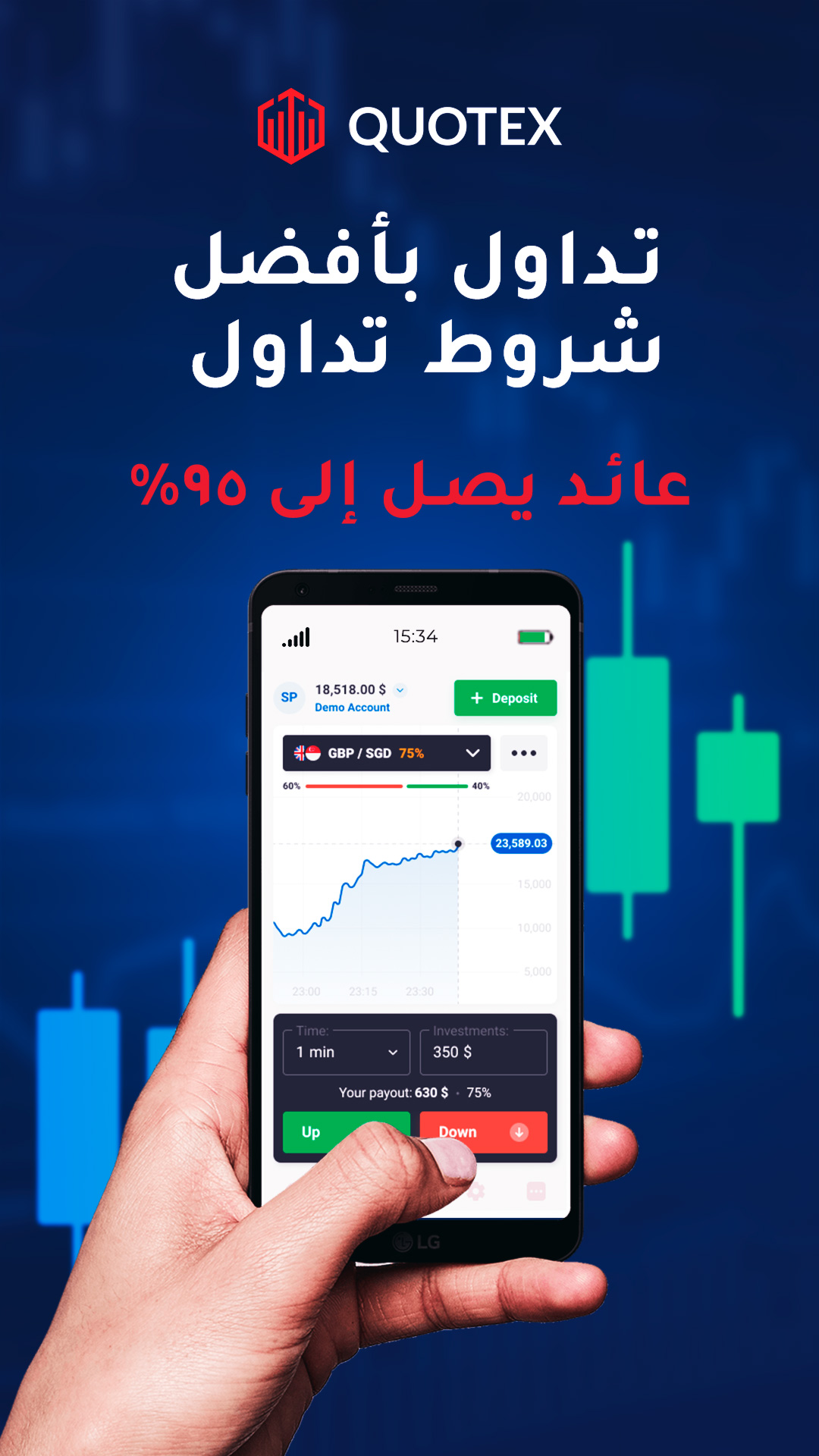Forex or foreign exchange can be defined as a network of buyers and sellers who transfer currencies among themselves at an agreed rate. This is the means by which individuals, companies and central banks convert one currency into another - if you have ever traveled abroad, you have probably made a forex transaction.
While a lot of foreign currency is converted for practical purposes, the vast majority of currency conversions are done for profit. The amount of currencies that are converted daily can lead to significant volatility in the price movement of some currencies. This volatility is what makes the forex market attractive to traders: it brings great opportunities for great profits, and also involves increased risk.
How do the currency markets work?
Unlike stocks or commodities, forex is not traded on exchanges, rather it is done directly between two parties in an over-the-counter (OTC) market. The forex market is managed by a global network of banks spread over four major forex trading centers in different time zones: London, New York, Sydney and Tokyo. Since there is no central location, it is possible to trade forex 24 hours a day.
There are three different types of forex markets:
- Spot forex market : is the physical exchange of a currency pair, which takes place at the specified point of settlement of the trade - that is, immediately - or within a short period of time
- Forex forward market : in which a contract is agreed to buy or sell a certain amount of currency at a specified price, to be settled on a specified date in the future or within a set of future dates
- Forex future market : in which a contract is agreed to buy or sell a specified amount of a certain currency at a specified price and a specified date in the future. Unlike futures contracts, futures contracts are legally binding
Most of the traders who speculate on forex rates do not plan to receive the currency itself, instead they make predictions of the exchange rates in order to take advantage of price movements in the market.
What is the base currency?
The base currency is the first currency in the forex pair, while the second currency is called the quote currency. Forex trading always involves selling one currency in order to buy another, which is why it is included in pairs - the price of a forex pair is the value of one unit of the base currency in the quote currency.
Each currency in the pair is listed as a three-letter code, the first two letters usually representing the region, and the third for the currency itself. For example, GBP/USD is a currency pair that involves buying the British pound and selling the US dollar.
To maintain order, most providers divide pairs into the following categories:
- major pairs. Seven currencies make up 80% of global forex trading. They include: EUR/USD, USD/JPY, GBP/USD and USD/CHF
- secondary pairs. Less traded, where major currencies are traded against each other instead of the US dollar. They include: EUR/GBP, EUR/CHF, and GBP/JPY
- Non-major or unfamiliar pairs. A major currency against one from a small or emerging economy. Include: USD/PLN, GBP/MXN, EUR/CZK
- Regional or regional pairs . Pairs sorted by region - eg Scandinavia or Australia. It includes: EUR/NOK, AUD/NZD and AUS/SGD
What moves the forex markets?
The forex market is made up of currencies from all over the world, which makes it difficult to predict exchange rates as there are many factors that may contribute to price movements. However, like most financial markets, forex is affected primarily by the strength of supply and the strength of demand, and here it is important to understand the influences that lead to price fluctuations.
Supply is controlled by central banks, which can announce measures that will significantly affect the price of their currency. Quantitative easing, for example, involves pumping more money into the economy and may cause the price of its currency to fall.
Commercial banks as well as other investors tend to place their capital in economies with strong prospects. Therefore, if there is positive news about a particular region in the markets, it will encourage investment and increase the demand for the currency of that region.
Unless there is a parallel increase in the supply of a currency, the discrepancy between supply and demand will cause its price to rise. Likewise, negative news can cause investment to fall and the price of a currency to fall. For this reason, currencies tend to reflect a view of the health of the economy of the region they represent.
Also, market sentiment, which is often a reaction to the news, may play a major role in increasing currency rates. If traders believe that a currency is headed in a certain direction, they will trade accordingly and may convince others to do the same, causing demand to increase or decrease.







0 Comments